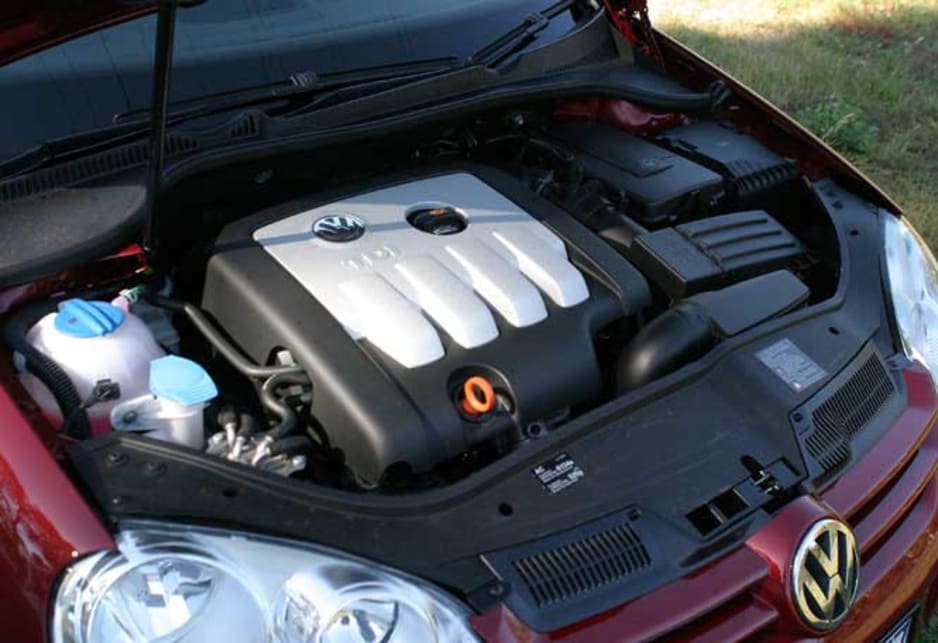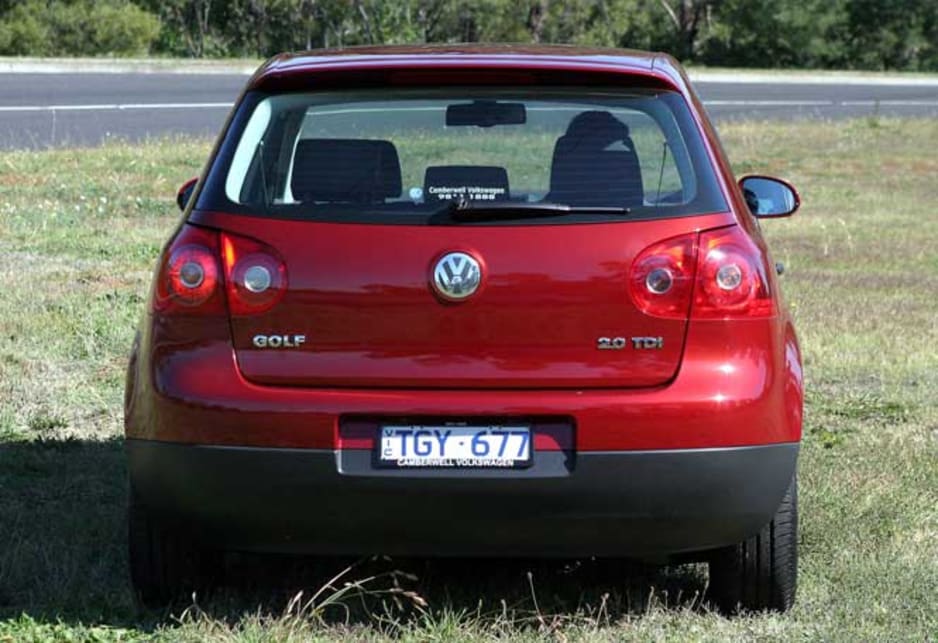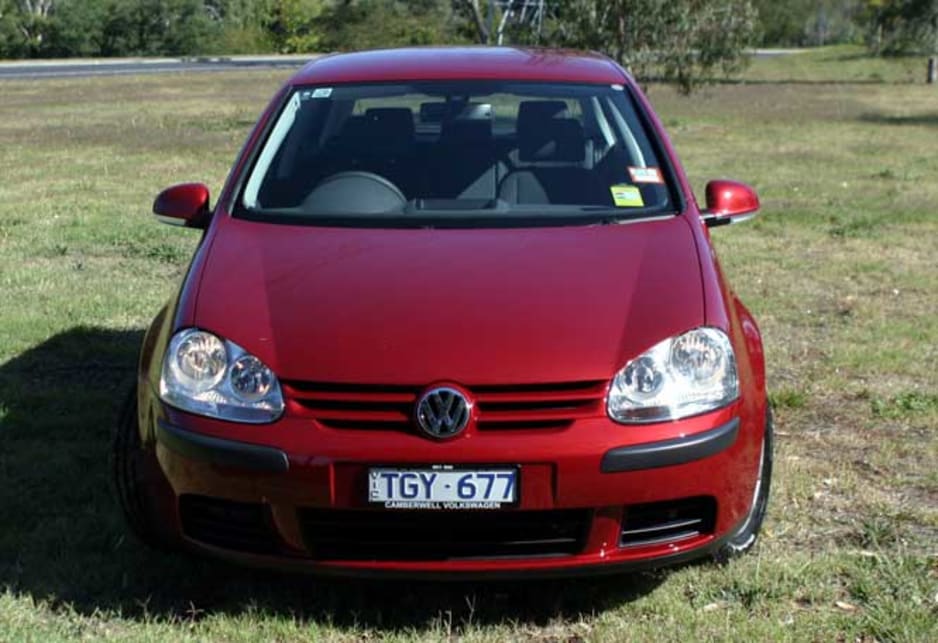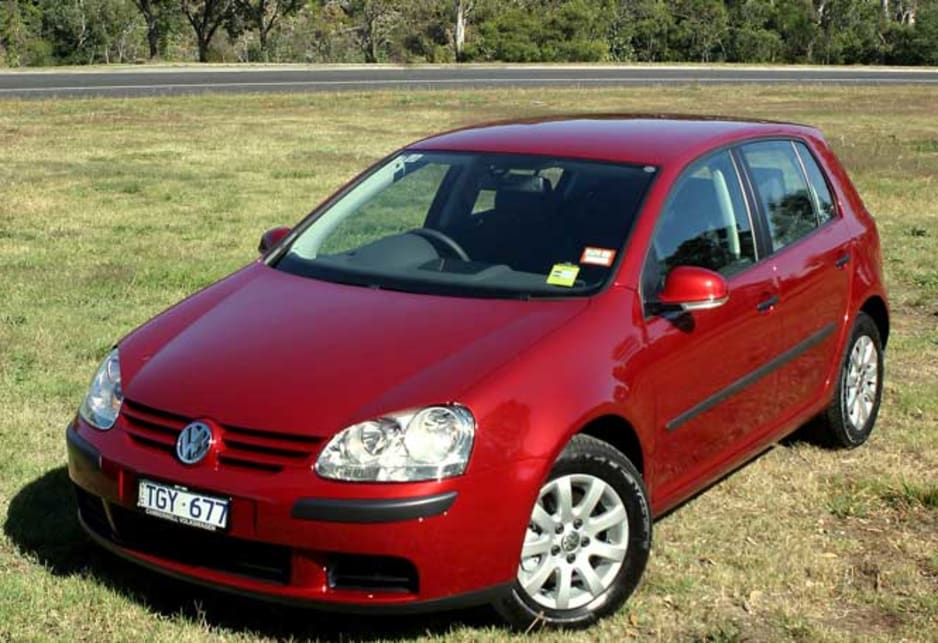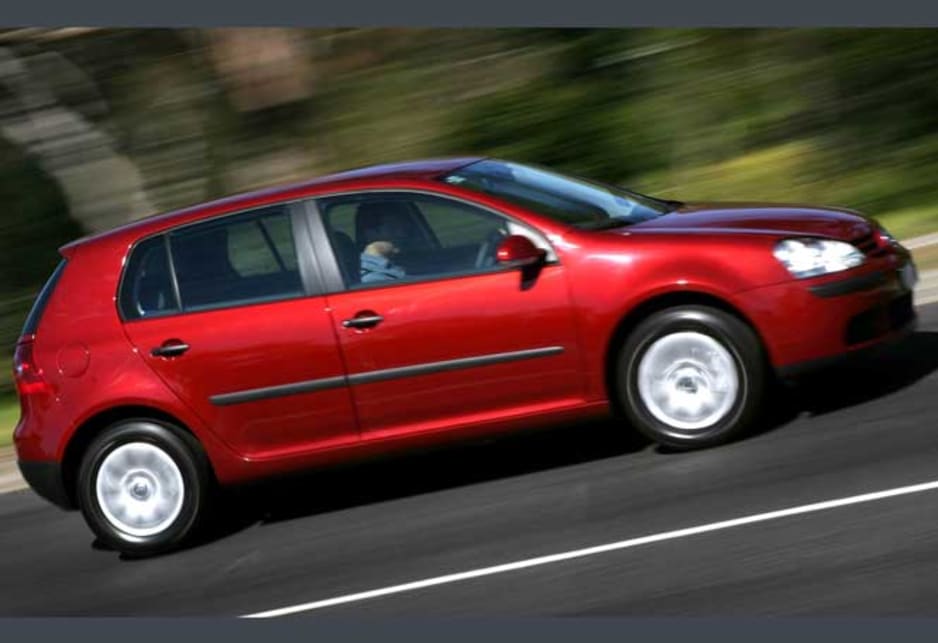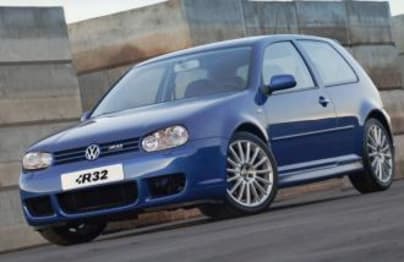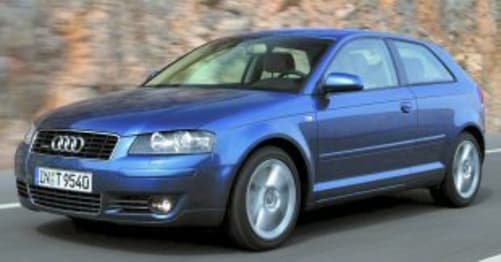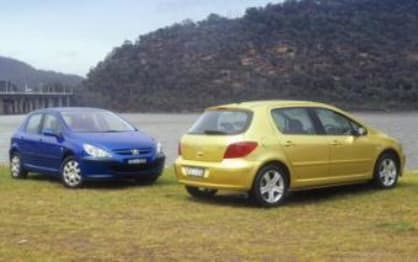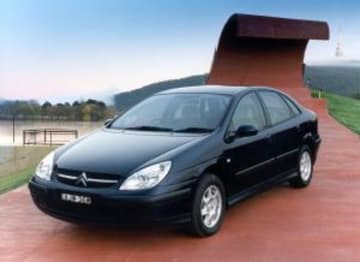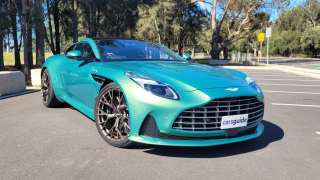
Used Volkswagen Golf review: 2004-2006
- Volkswagen Golf
- Volkswagen Golf 2004
- Volkswagen Golf 2005
- Volkswagen Golf 2006
- Volkswagen Golf Reviews
- Volkswagen Reviews
- Volkswagen Hatchback Range
- Hatchback
- Volkswagen
- Used Car Reviews
- Buying tips
The soaring price of petrol in the past year or so has had motorists looking at every possible alternative, including diesels that might save them a few bucks at the pump. If LPG has become the champion of used car buyers, the diesel has become one of the most popular alternatives for new car buyers.
Increased sales of new diesels, like the VW Golf TDi, in recent times means that there are more used diesels coming on the market. The diesel is now a used buy worth considering by anyone wanting to save on their fuel bills.
MODEL WATCH
Diesel sales have soared in Europe in recent years as motorists have been slugged with higher fuel prices. The ugly phenomenon has recently reached Australian shores as local motorists have copped a similar whack at the pump. VW is a leader in diesel engine technology in Europe, boasting a range of diesel engines right across its entire model range from humble Polo to the prestigious Passat. In the middle of the range sits the ever-popular Golf, and it’s the Golf that VW has used to power its push into the growing oil-burner market here.
The company hit the ground running in 2004 with the release of the 1.9 TDi in two trim levels — the Comfortline and the Trendline — and a 2.0-litre TDi Comfortline. Outwardly the diesel Golfs look like any other Generation 5 Golf. It’s only the TDi badges that distinguish them from their petrol cousins.
Modern diesels shouldn’t be confused with the oil-burners of old, which were noisy, smelly, usually followed by clouds of thick black smoke, and generally holding up the traffic. The only time they came into their own was when they rattled past a servo as their petrol-powered cousins stopped to replenish their tanks.
Today’s diesels are quiet, don’t smell or belch out clouds of black smoke, and aren’t left standing when the lights go green. Even better news is that they are still economical. The 1.9-litre TDi engine was a single overhead camshaft four cylinder turbo diesel that delivered 77 kW and 250 Nm — compare that to 75 kW and 148 Nm for the 1.6-litre petrol Golf model — while the 2.0-litre TDi was a more modern double overhead camshaft four cylinder turbo diesel that punched out 103 kW and 320 Nm at its peak. Compare the latter to the 2.0-litre FSi engine VW also offered that gave 110 kW and 200 Nm.
The key to the diesel performance, and achieving the best fuel economy, is the massive torque that it offers. Drive to make best use of the torque and you will not only realise its potential to save fuel, but you will also realise its performance potential. Both diesels were available with VW’s DSG six-speed auto and a six-speed manual gearbox.
On the road the diesel’s low-end and mid-range performance was easily able to account for its petrol equivalent. It was really only the petrol car’s top-end performance that out-gunned the diesel.
IN THE SHOP
VW build quality is generally high, as high as any other brand and higher than some. That said they can still have issues with build quality, but with VW handling the local distribution now those problems that do occur seem to be handled more effectively than they might have been in the past. Make sure your used car choice has a good service record with regular oil changes.
IN A CRASH
The diesel Golfs have the same array of airbags as their petrol cousins so the crash rating is the same. An agile chassis and powerful braking provide plenty of active safety in avoiding a crash.
AT THE PUMP
The diesel Golf will return fuel economy numbers in the region of 6.0 L/100 km. That’s about 20 per cent less than you would see from an equivalent petrol engine. The fuel economy equation gets a little tricky here because diesel is usually a little more expensive than regular unleaded, but the gap varies so it’s a moving target. At the time of writing diesel was three cents per litre more expensive than regular unleaded, but 10 cents per litre less expensive than 98-octane premium unleaded.
Compared to a car running on regular unleaded it would take almost 90,000 km before the lower economy of the diesel would bring you to a break even point, but if you compare it to a car running on 98-octane unleaded you would gobble up the diesel’s average purchase premium in around 65,000 km.
OWNERS’ VIEWS
Keith Sanders and his wife tested the diesel Golf soon after its release and were quickly convinced it was for them. They chose the 1.9 TDi Comfortline with DSG gearbox because it was a willing performer and adequate for their needs. Now, after four years and 62,000 km they say it was a great choice. They have had a few issues with a faulty cruise control switch and a water leak through the windscreen, which have been fixed under warranty, but overall they’re happy with the diesel Golf and would buy another one without hesitation. Typically they get 6.3 L/100 km in average daily driving and low to mid-fives on the highway.
Roland Nicholson drives a 12-month-old Golf TDi GT Sport with DSG, leather and sunroof. He was looking for better fuel economy when he bought it, but still wanted to have a sporty feel. He says it’s satisfying to see the trip computer showing 4.9 L/100 km on the freeway, and still have the quick acceleration when needed. The downsides to owning a diesel, he says, are the high price of diesel fuel and the lack of decent, clean refueling facilities at some service stations. His only complaint is that off the line the diesel/DSG combination is a bit hesitant and jerky. The vehicle itself is excellent, he says, the finish is very good and things like heated front seats are a great option.
Nick Smithwick bought a 2006 2.0-litre TDi Comfortline brand new and loves it. He acknowledges that diesel is more expensive than petrol, but says 85 per cent of his driving is in traffic and around the city and he still gets over 850 km to the tank. On the highway he gets more than 1100 km.
Stephanie Harris owns a 2007 2.0-litre TDi Golf and says its fuel economy is really good. She is not happy with the price of diesel, but on a trip she can get between 1100 and 1200 km and 900 km around town. She adds that it is very comfortable and has plenty of get up and go when needed.
LOOK FOR
• Good Golf build quality
• Fuel economy savings
• Higher purchase price a downer
• Good performance
• Ace drivability
• Dirty refueling facilities
THE BOTTOM LINE
• Diesels drive and perform well, but their higher purchase price has to be covered before any economy benefits can be enjoyed and that can rule them out.
RATING
• 85/100
Pricing guides
Range and Specs
| Vehicle | Specs | Price* | |
|---|---|---|---|
| 1.6 Generation | 1.6L, PULP, 4 SP AUTO | $2,750 – 4,290 | 2004 Volkswagen Golf 2004 1.6 Generation Pricing and Specs |
| 2.0 Generation | 2.0L, PULP, 5 SP MAN | $2,640 – 4,070 | 2004 Volkswagen Golf 2004 2.0 Generation Pricing and Specs |
| 1.6 Trendline | 1.6L, PULP, 5 SP MAN | $2,640 – 4,070 | 2004 Volkswagen Golf 2004 1.6 Trendline Pricing and Specs |
| 1.9 TDI Trendline | 1.9L, Diesel, 6 SP | $2,640 – 4,070 | 2004 Volkswagen Golf 2004 1.9 TDI Trendline Pricing and Specs |
Other cars to consider
$2,640
Lowest price, based on third party pricing data


